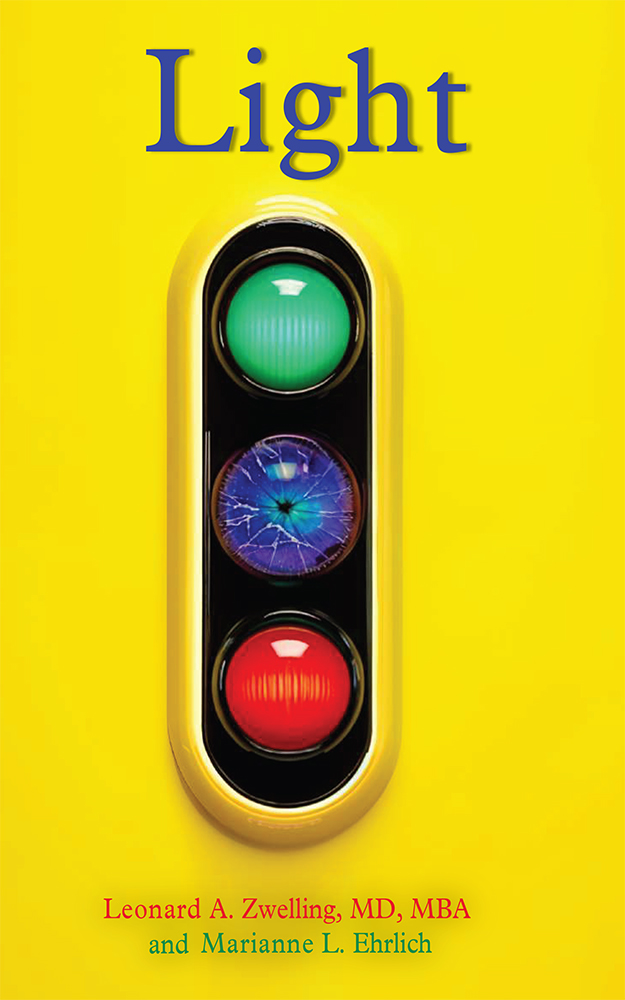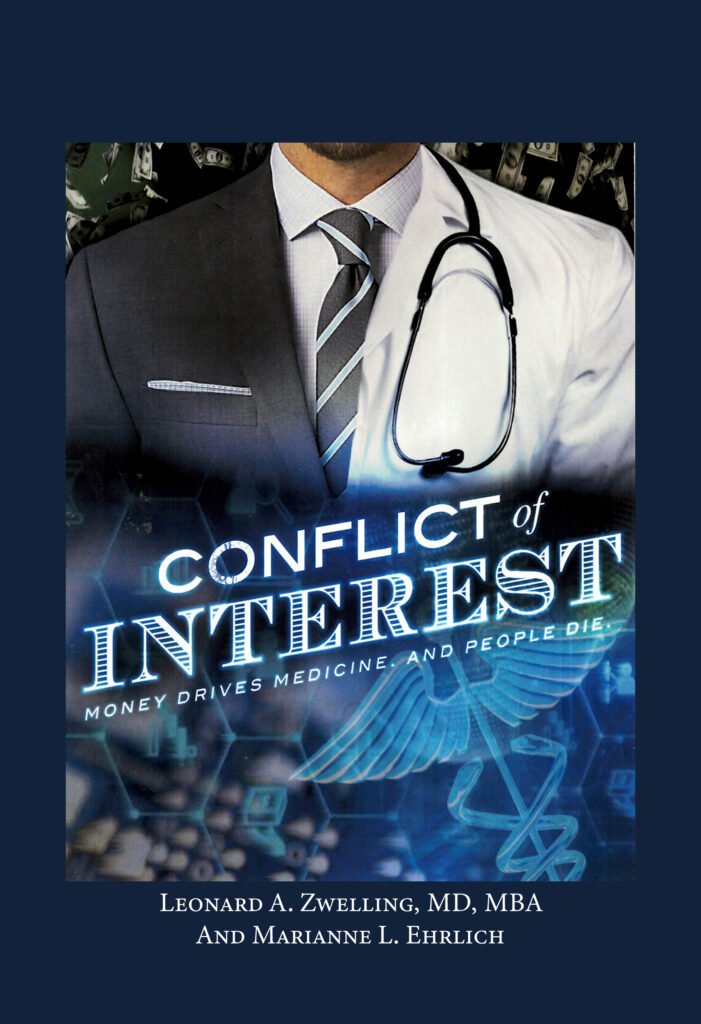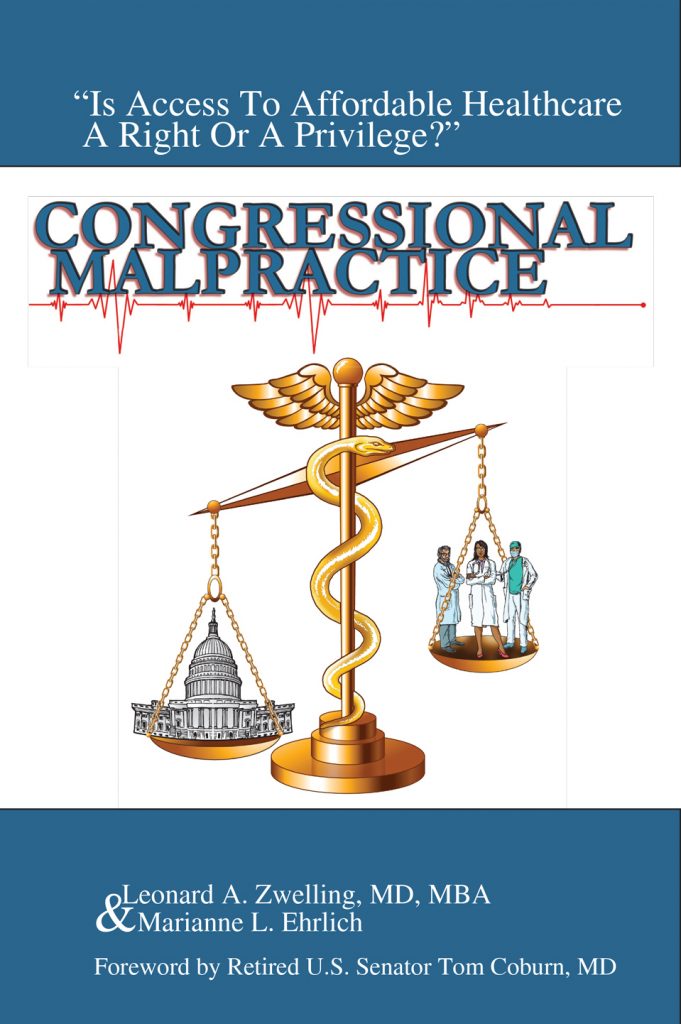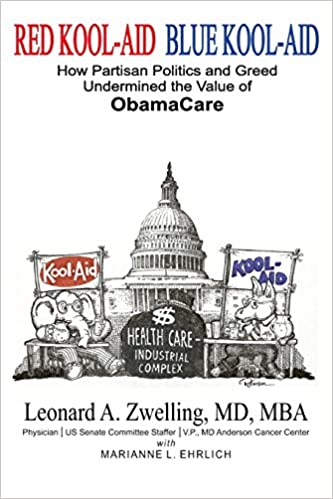Would We Know a Cancer
Breakthrough When We Saw It?
By
Leonard Zwelling
As I wrote last week, our last stop before St. Luke’s was
Duke. It’s fall here in Durham and the leaves are turning, the air is crisp and
both the basketball and football teams are in action. We were able to secure
two seats under the basket yesterday (those guys sweat!) and the 2015-2016 Blue
Devil hoopsters look great in their opener and better the next evening. The
first test comes Tuesday against Kentucky in Chicago.
Virtually
all the stars of last year’s Championship team are in the NBA so it’s a very
young and raw group of first-team rookies, but they are determined, disciplined
and very fast. Looks like a fun season. Major props to Grayson Allen, the new
star of the team who can climb a backboard like Grant Hill and drive like Dr.
J.
Our primary purpose for being here is Medical Alumni Weekend
and the BW’s 40th reunion. She gave a terrific (OK, I am bias) and prestigious
CME talk on Friday afternoon. It had been a while since I had heard her speak
and had forgotten how good she was and how compelling the story of the
development of Mepact is. Mepact is the macrophage- stimulating drug she and
Josh Fidler developed that has proven effective in eradicating the pulmonary
metastases from osteosarcoma and increasing the long-term survival of these
patients. It is the first successful therapy for this disease introduced in the
past 30 years. Unfortunately, while Mepact is approved for general (and reimbursable) use and is the standard of care
in over 20 countries in Europe, Asia, Latin America and the Middle East, the US
FDA has yet to approve the drug. The FDA does not find the precise data other
countries have found compelling to be sufficient for Mepact to receive its
blessing. That’s another story and one I have told many times
One of Genie’s early slides is an isotopic body scan of a
patient who had received radiolabeled-liposomes containing the drug. It must be
in liposomes so it can be phagocytized by the macrophages and activate them to
tumoricidal status in a time-dependent fashion). These drug-containing
liposomes are concentrated in the
reticuloendothelial system—lungs, liver, spleen and nasopharynx.
Let’s think this through.
The critical facts that made Mepact so effective were the selective
localization of osteosarcoma metastases in the lung and the ability of Mepact
to be engulfed by pulmonary macrophages rendering them specifically tumoricidal.
So there I sit listening to my wife, pretty much the way
Genie sat at the AACR meeting in 1981 listening to Josh Fidler paint the
picture of his mouse model that so resembled osteosarcoma, and thought, if this
stuff goes to the liver, why not use it in patients who present with localized
colon cancer with a high propensity to have their cancer spread to the liver
and be lethal due to its invasiveness (stage 3).
This is not some original thought on my part. Genie had it
years ago, but her patients (kids) rarely got colon cancer and she needed an
adult oncologist with whom to partner. My thought was that here was an ideal
situation to test a new, virtually toxicity-free, completely evaluated therapy
in a clinical situation where it might prove of unique benefit, and no one in
the entire Division of Cancer Medicine was even interested.
So I ask the question that is in the title. Would we know
the magic bullet if we saw it or are we too busy chasing genomics all over the
map to recognize the answer right at our feet?
The next speaker after the BW was the distinguished Duke
alumnus Tom Caskey of Baylor who is a master of genetic sequencing having made
major contributions to science going back to his days in the lab of Nobel Prize
winner Marshall Nirenberg at the NIH where Dr. Caskey participated in cracking
the genetic translation code and has gone on to advance the field of forensic
genetics and the diagnosis of genetic diseases. He and I spoke after his talk
because he touched on two aspects of genetics in cancer. The first is the
sequencing of the DNA of tumors where he readily admits to having very limited
success sorting through the panoply of mutations in any cancer to determine
which of them are the drivers of malignancy and thus should be therapeutic
targets. By contrast, his approach in other diseases of examining the somatic line
genomics of families to identify new molecular lesions that can explain human
abnormalities has been successful. Why not do it in cancer?
If genomics was used like mammography instead of like CT
scans, we might be making more progress in truly understanding the underlying
genetics and biochemistry of malignancy, something I doubt will ever occur
chasing the genetic signatures of established cancers in the hopes of
individualizing therapy for the patient bearing the cancers.
I don’t know whether or not we will see what is right in
front of us when a major breakthrough passes before our eyes. But in that room,
on Friday afternoon, November 13, I saw two potential breakthroughs,
macrophage-stimulating therapy in patients likely to develop colon cancer hepatic
metastases and the use of genomics as a cancer screening technique.
Hell, if I can see this, shouldn’t the FORDs see it?




